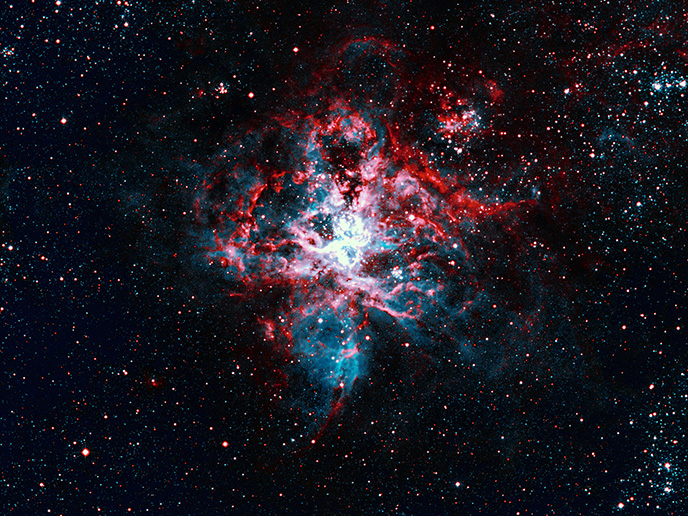Dusty disks act as a nursery for nascent planets
Protoplanetary disks are flattened, rotating disks of dust and gas found around almost all low-mass stars soon after their birth. Although dust grains are a relatively minor constituent, they are the raw material from which planets are made. Thus, understanding their role in planet formation is crucial. EU-funded scientists working on the DiskTorqueOnPlanets project are beginning to unravel the largely unknown role that cosmic dust plays in defining the architecture of planetary systems as we observe them today.
Interactions between the dust mass and the forming planet
As project coordinator Martin Pessah explains: “One of the processes that may play an important role is the so-called planetary migration due to the mutual gravitational interaction between the planet and the disk that accelerates the planet and makes it move.” Undertaken with the support of the Marie Skłodowska-Curie programme, DiskTorqueOnPlanets set out to characterise the mechanisms involved in determining the speed and direction of this migration with a focus on the dust in the protoplanetary disk.
Dust properties matter
Simulating dust dynamics requires huge computing power for detailed models. To achieve this goal, the team exploited the power of the graphics processing units available at the High Performance Computing Centre at the University of Copenhagen(opens in new window). The state-of-the-art, and publicly available, numerical code FARGO3D(opens in new window), developed by fellow Pablo Benítez-Llambay, was extended in a unique way within the scope of the project to address challenging problems in dusty disk dynamics. A key outcome was a robust numerical algorithm to account for the drag force produced between the gas and dust particles in a protoplanetary disk. According to Pessah: “The tools developed in this project have enabled us not only to discover and systematically study for the first-time gravitational forces arising from the dust component in protoplanetary disks, but also to expand our research to other fundamental questions related to dust growth and dust dynamics in these disks.” Project members successfully demonstrated that dust-particle dynamics are mainly affected by the degree of coupling of dust particles with the gas in the disk, and that depends on the particle size. “We have shown that self-consistent dust dynamics including multiple particle-sizes seem to be crucial to understanding not only how planets form, but also how they move within the disk,” Pessah explains.
Poised to support pioneering observations
The Atacama Large Millimeter/submillimeter Array (ALMA)(opens in new window) is the result of an international collaboration of institutions united in their endeavour to understand our cosmic origins. It is the most powerful astronomical observatory ever built on Earth. ALMA has enabled the direct imaging of never-before-seen details of the formation of planets. DiskTorqueOnPlanets tools will help scientists collecting this revolutionary data make sense of it and begin to unravel the processes that shape planetary systems. In summary, Pessah says: “We have built a framework to solve dust dynamics for an arbitrary number of dust species in numerical simulations, opening the door to the study of a broad range of processes critical to our understanding of planet formation and evolution. By making the tools publicly available, this project supports the global scientific effort to explain the history and evolution of both our own solar system and exoplanetary systems elsewhere in the universe.”







